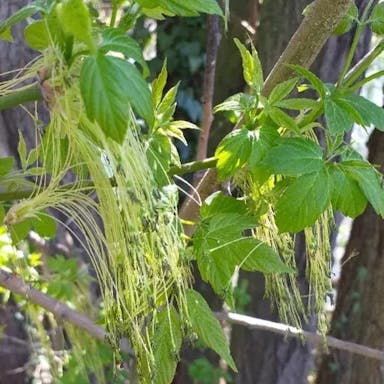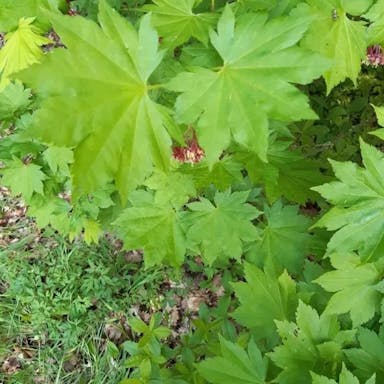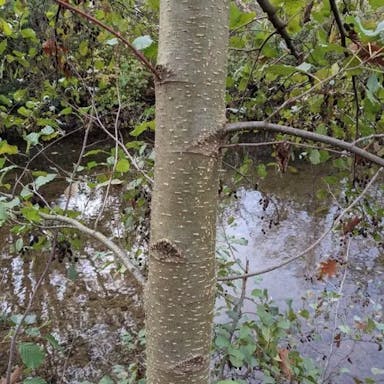Powdered gum, also known as Eucalyptus pulverulenta, is a plant species that belongs to the family Myrtaceae. It is indigenous to New South Wales and Victoria in Australia. This plant is commonly known for its unique traits and attractive form. Eucalyptus pulverulenta is a small-sized to medium evergreen woody plant that may attain a stature of 10 to 20 meters. It possesses a distinctive powdery white or bluish-gray leafage, which provides it the name powdered gum. The leaves are oblong shaped and enveloped with a powdery substance, imparting them a soft and velvety feel. The florets of Eucalyptus pulverulenta are diminutive and white, and they show in clusters. They are pursued by ligneous capsules that hold numerous small seeds. The fruit is not comestible and primarily assists as an avenue of copy for the organism. This organism is comparatively straightforward to raise and is frequently domesticated for its decorative cost. It favors well-drained ground and complete sunlight revealing. Eucalyptus pulverulenta is commonly employed in floral arrangements and landscaping owing to its attractive leafage and singular chromaticity. In stipulations of symbolism, Eucalyptus pulverulenta is allied with curative and security. It is deemed to possess medicative attributes and is frequently utilized in aromatherapy and herbal redresses. On the whole, Eucalyptus pulverulenta is an optically striking organism with its powdery leafage and delicate florets. It supplements elegance and refinement to any patio or scenery.
0
0












